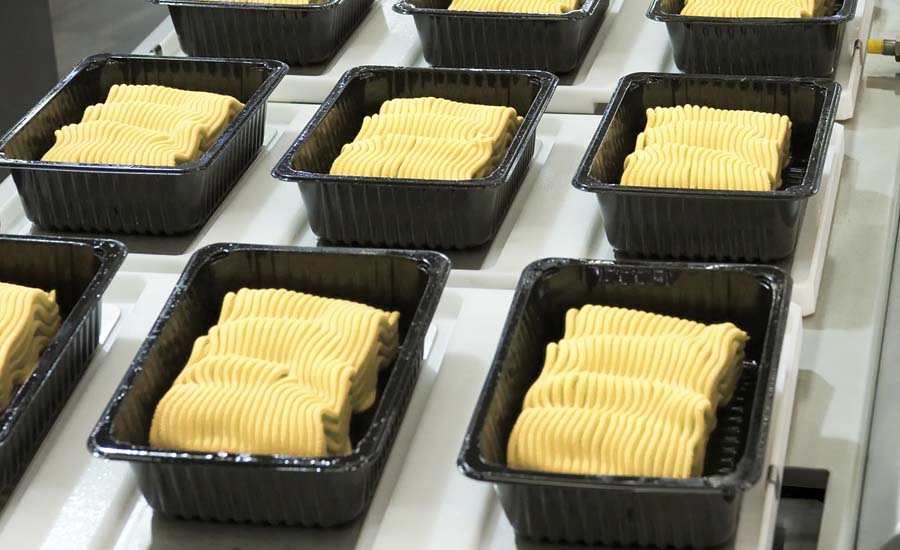Worldwide sales of compostable foodservice packaging reached approximately 6,400 tons in 2018, equaling revenues worth $16.7 million, according to a report published by Future Market Insights, Valley Cottage, N.Y. As end users’ quest for sustainable packaging intensifies, manufacturers are likely to witness a period of sustained demand in the future.
Expansion of foodservice industry, along with the emergence of takeaway and grab-and-go services will continue to provide potential growth prospects of the market. However, the price of producing compostable materials for packaging continues to be higher than the conventional variants, which is likely to represent a threat to the growth of the compostable foodservice packaging market.
Trays continue to gain preference over other packaging formats
According to the study, the composite foodservice packaging market is estimated to grow at a CAGR of approximately 5% through 2029. One of the key growth drivers is a notable spike in the number of quick-service restaurants (QSRs), especially in developing countries. In addition, surging adoption of foodservice disposables, in the view of an increase in the demand for pre-packed food, has been preparing the grounds for compostable foodservice packaging penetration.
The study finds that compostable trays continue to account for relatively large share of manufacturers’ bottom lines, while more focus has been placed on increasing the production of compostable cups. As the search for sustainable solutions scales up, companies operating in the packaging industry are starting to launch a number of products made entirely from plant-based materials, including mushroom roots, bagasse, seaweed and starch derived from maize.
As per the study, the wave of customization is also approaching in the compostable foodservice packaging space. To fulfill the individual packaging needs while promoting sustainability, manufacturers are targeted toward offering custom products of all sizes, ensuring food safety and minimizing leakage. Demand from non-chain restaurants continues to influence growth strategies, and as identified by the study, market stakeholders are tapping into opportunities in chain café and independent foodservice operators. Rapid expansion of international chain cafés in developing countries along with growing consumer preference to eat out, especially from food trucks and street stalls, is also likely to work well with manufacturers’ growth strategies.
Growth prospects of the compostable foodservice packaging, as the report opines, are high in Europe and the United States. Greater awareness and easy access to innovative solutions along with favorable regulatory framework and higher availability of compost facilities in these regions continue to work to the advantage of the stakeholders. In addition, market consolidation in Asia Pacific, particularly in the southern region, will remain key in gaining distinct competitive advantage, as trends of eating out and online ordering spike across the region.
The report also offers an outlook on competitive landscape by analyzing the key development strategies of the market players. According to the study, the market shows a high level of consolidation, with local and regional players catering to domestic and urgent demands, while leading players with strong regional presence account for relatively small share in the market.


